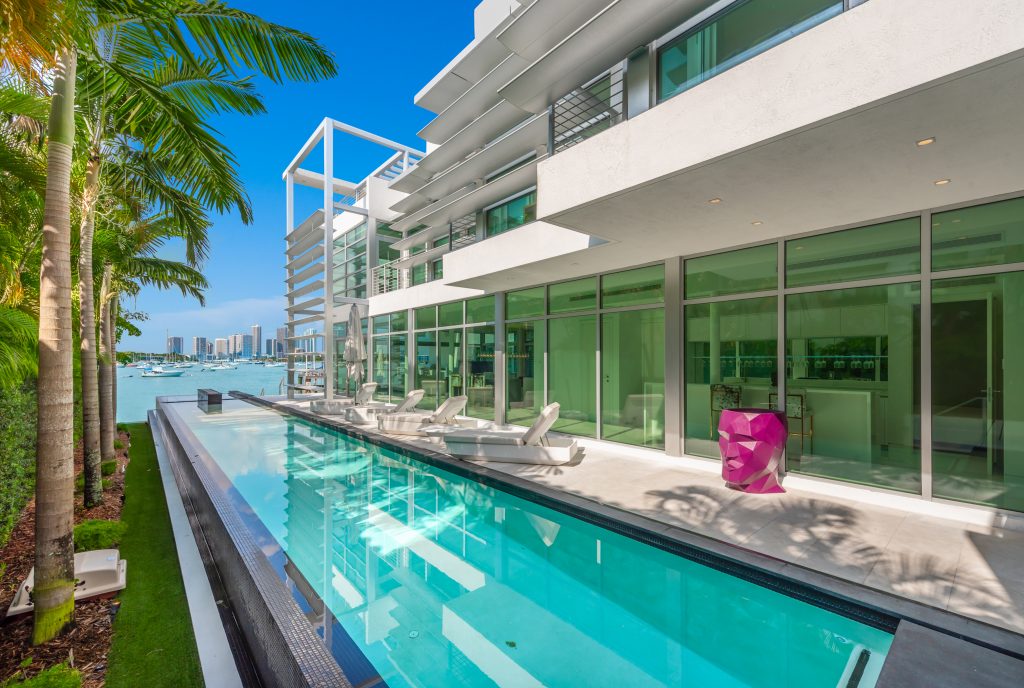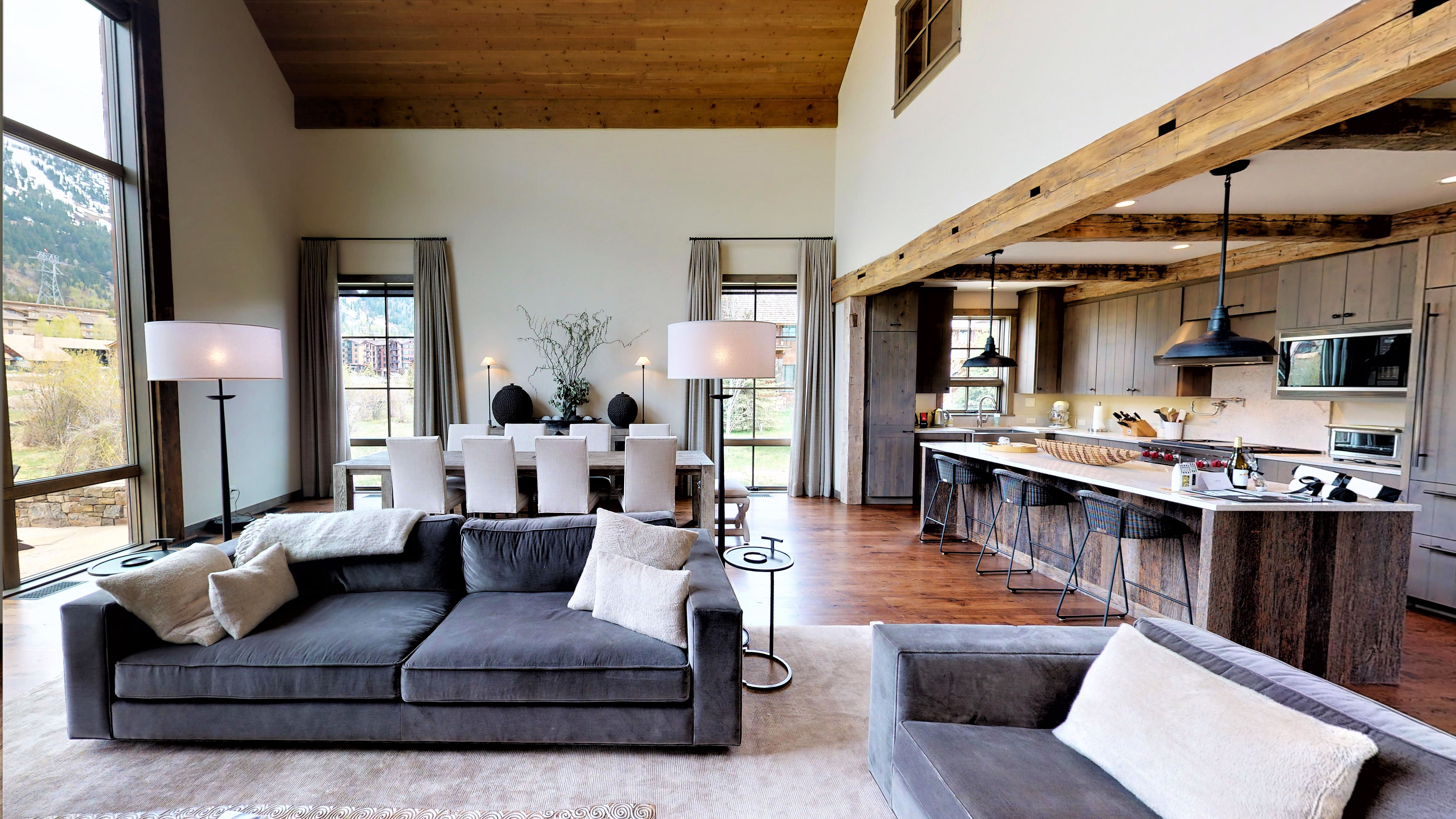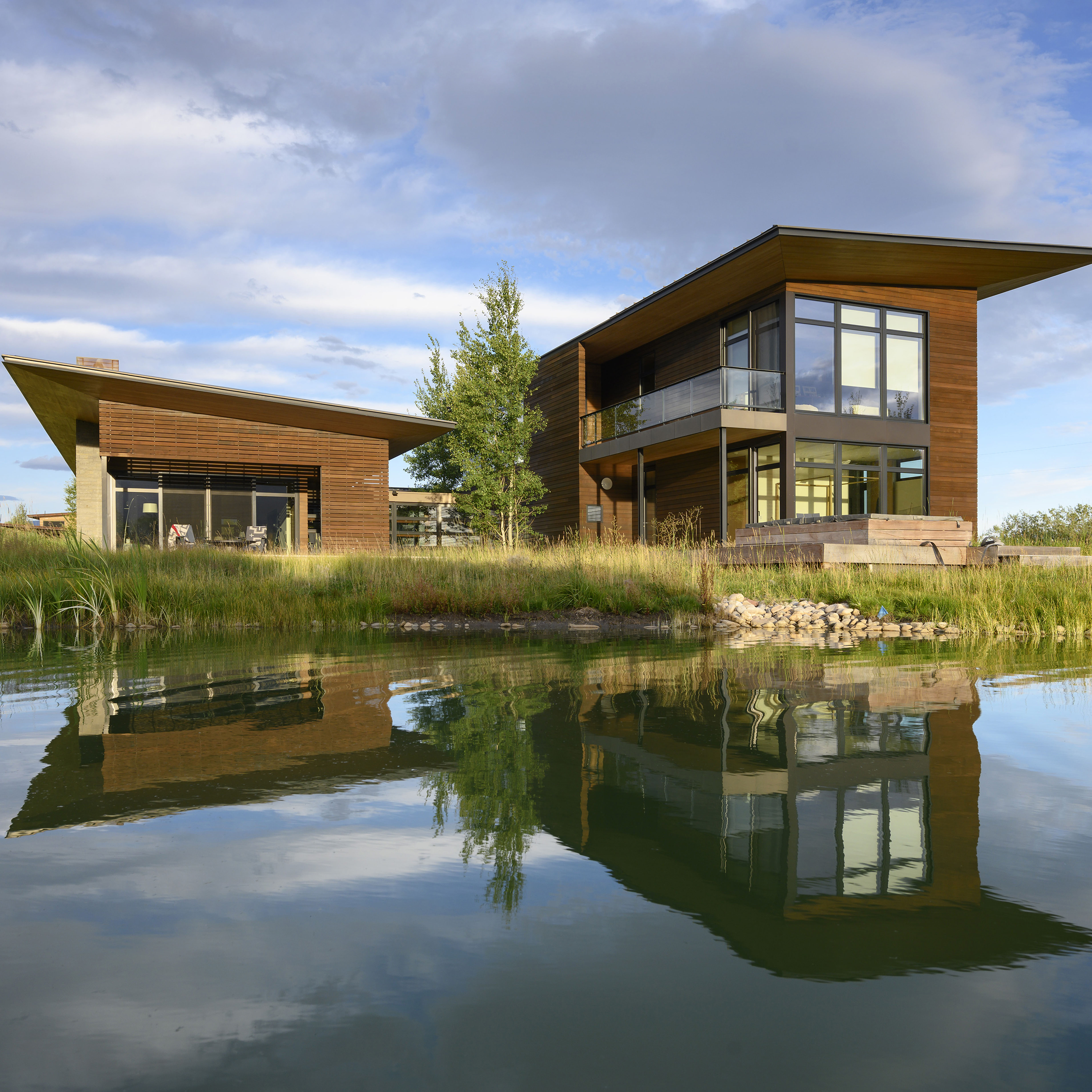Is architecture an art form? What about interior design? Well, at the beginning of the 20th century, an interdisciplinary collective asked themselves the same questions. That’s why in 1919 German architect Walter Gropius (1883–1969) founded the Bauhaus, a school that would merge architecture and industrial design with the fine arts, such as sculpture and painting. Inspired by geometry and color theory, this disruptive movement influenced contemporary design.
What does Bauhaus mean?
In German, Bauhaus means “building house.” The name is definitely on the nose: in the original Dessau school, attendees experimented building furniture, working with metal, textiles, and pottery, and even painting walls. Some of their teachers included renowned names, such as Swiss artist Paul Klee (1879-1940) and Russian painter Wassily Kandinsky (1866-1944).
Why is Bauhaus important?
In short, the Bauhaus’ design principles are based on marrying beauty and function. This modernist school proved how common pieces of furniture, like chairs for example, as well as the buildings we live in could be both utilitarian and artistic. Utopic or not, it worked. The Wassily chair is probably the most famous Bauhaus creation and it’s still being sold today.
What are Bauhaus buildings like?
Bauhaus architecture is deceptively simple. It features clean lines, no ornaments, large windows, blocks of concrete, geometric shapes, and flat roofs. Its color palette sticks to mostly whites, greys, and blacks. Outdoor areas are key: roofs are flat to create terraces. Interior and exterior spaces are designed to connect. Letting in the light is key. Glass facades and striking views are crucial.
The Bauhaus moved from Weimar to Dessau in 1925, and then to Berlin in 1930. The school shut its doors three years later due to its complicated financial situation and the convoluted social and political landscape in Germany. During World War II, many of its students and teachers escaped to Israel (Bauhaus is everywhere you go in Tel Aviv) and to the US, where visitors can now enjoy the influence of the Bauhaus in the local architecture.
There’s a Gropius House in New England and the MoMA in New York displayed many exhibits honoring the movement. Other notable buildings include the Whitney Museum of American Art and The Glass House. Actually, Aspen was home to Austrian graphic designer Herbert Bayer, famous for his sans-serif typography and renowned Bauhaus student. He co-designed the Wheeler Opera House and the Hotel Jerome, among other local work.
From Omnifique
Some of our Bauhaus-inspired properties include:
Arctic in Miami, FL.
This waterfront villa is a perfect example of the modernist style that is directly influenced by the Bauhaus’ clean lines and functional style.

Chestnut in Jackson Hole, WY.
Although rustic and natural, this mountain retreat’s large windows are a testament to the Bauhaus’ love of light and outside views.

Basswood in Jackson Hole, WY.
This contemporary estate features clean lines and geometric shapes, clearly introduced by the Bauhaus at the beginning of the 20th century.

Cream in Los Angeles, CA.
A modern villa located in the lush Hollywood Hills, perfectly integrating outdoors and indoors.


